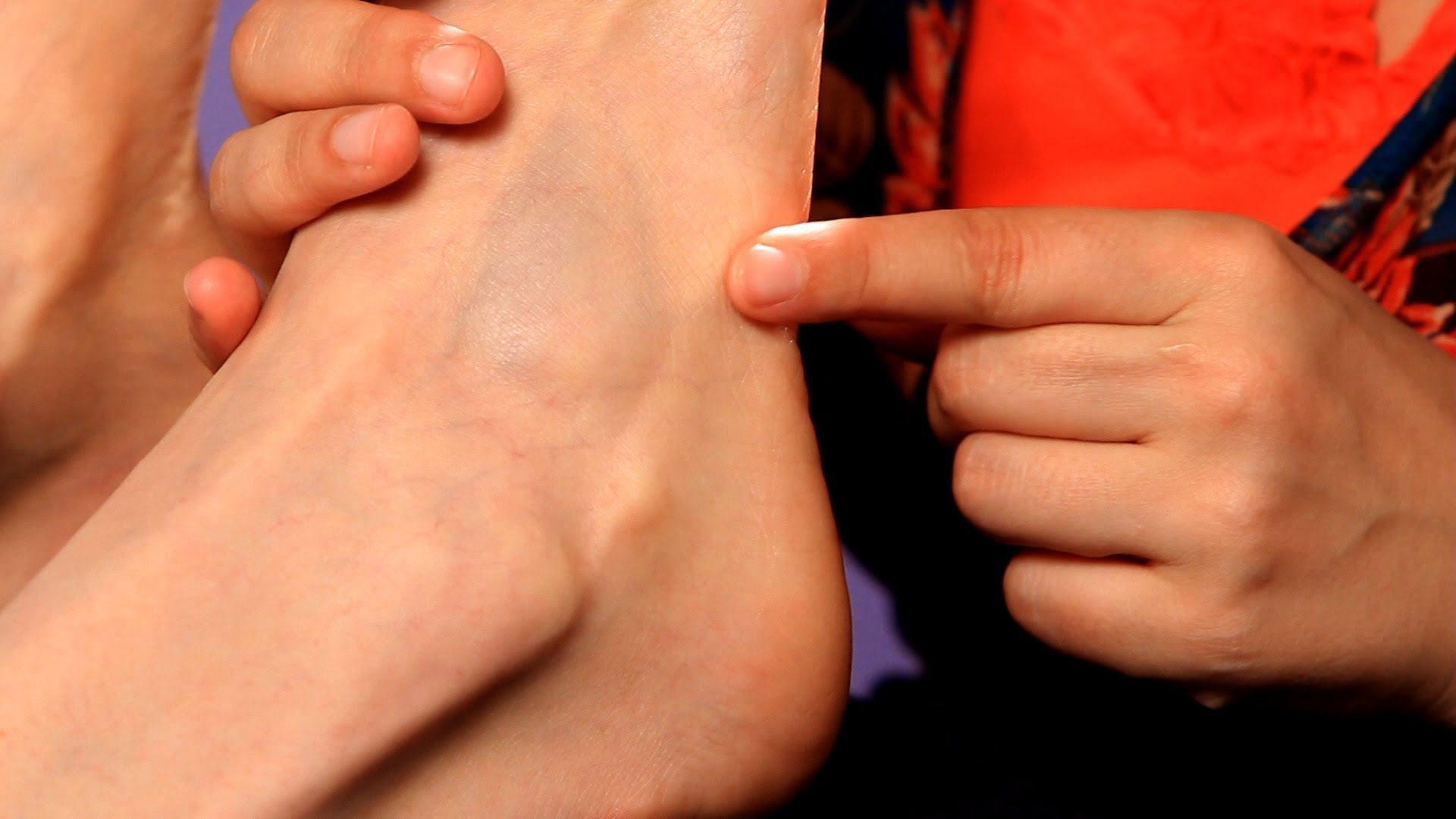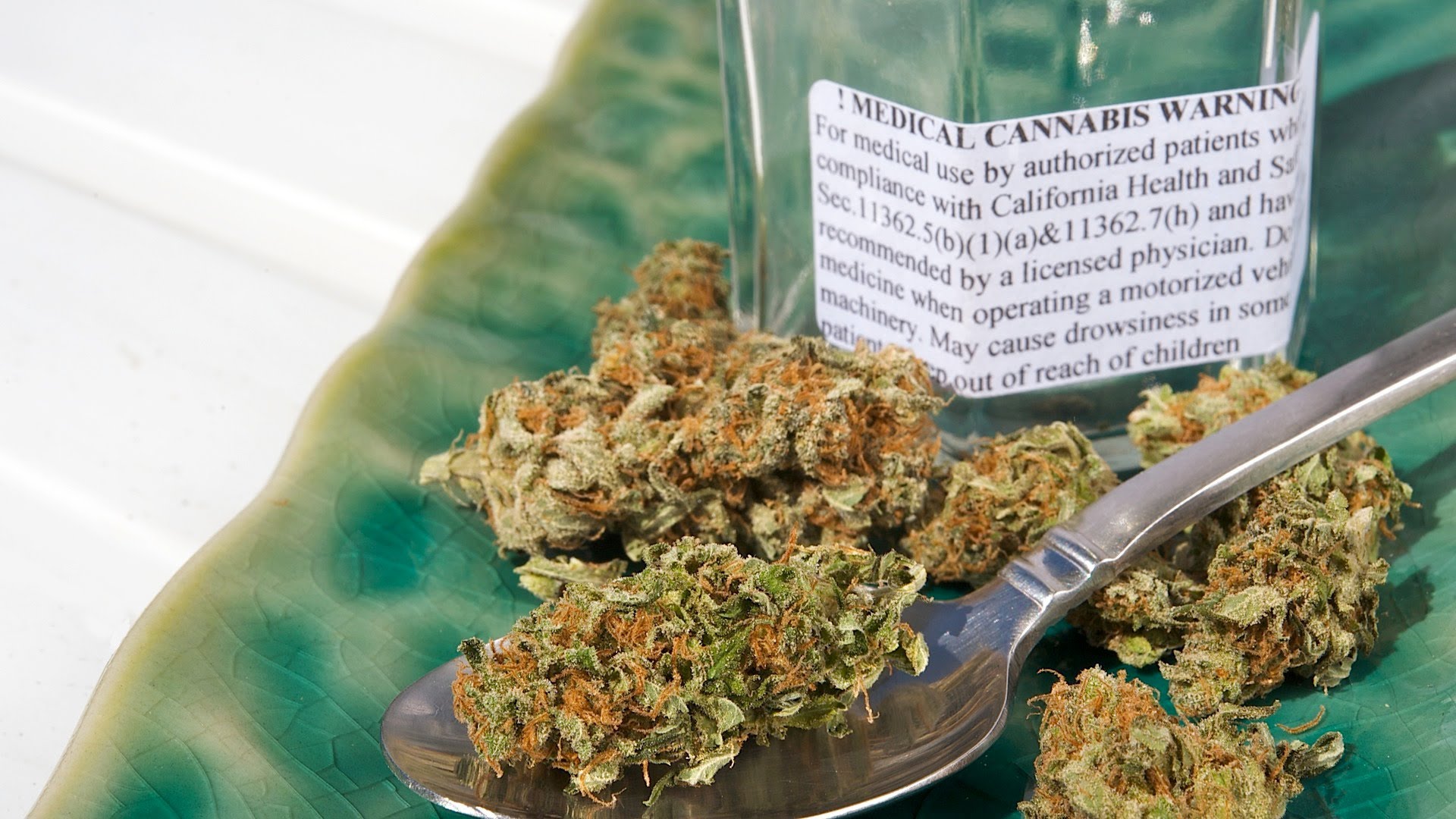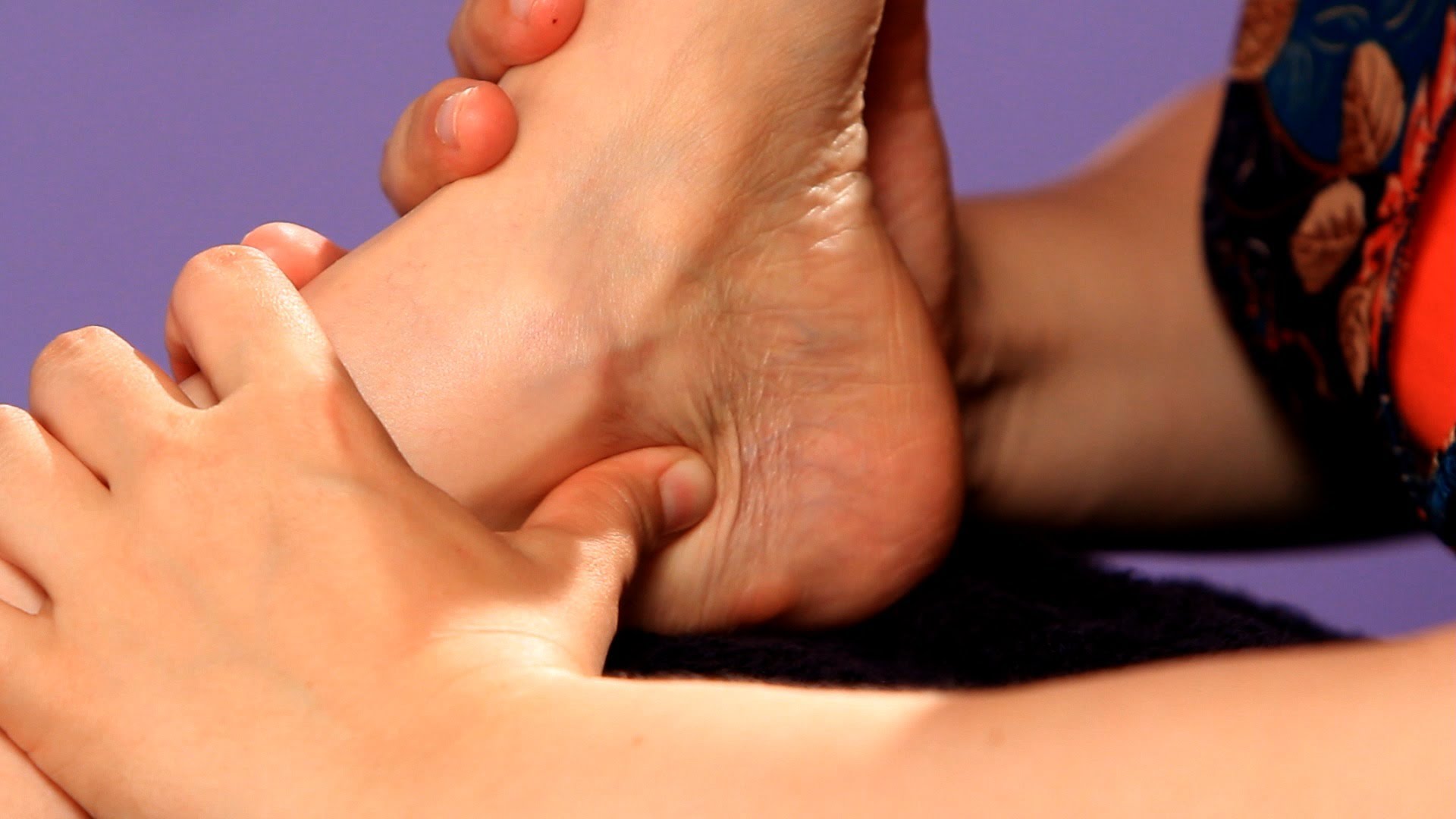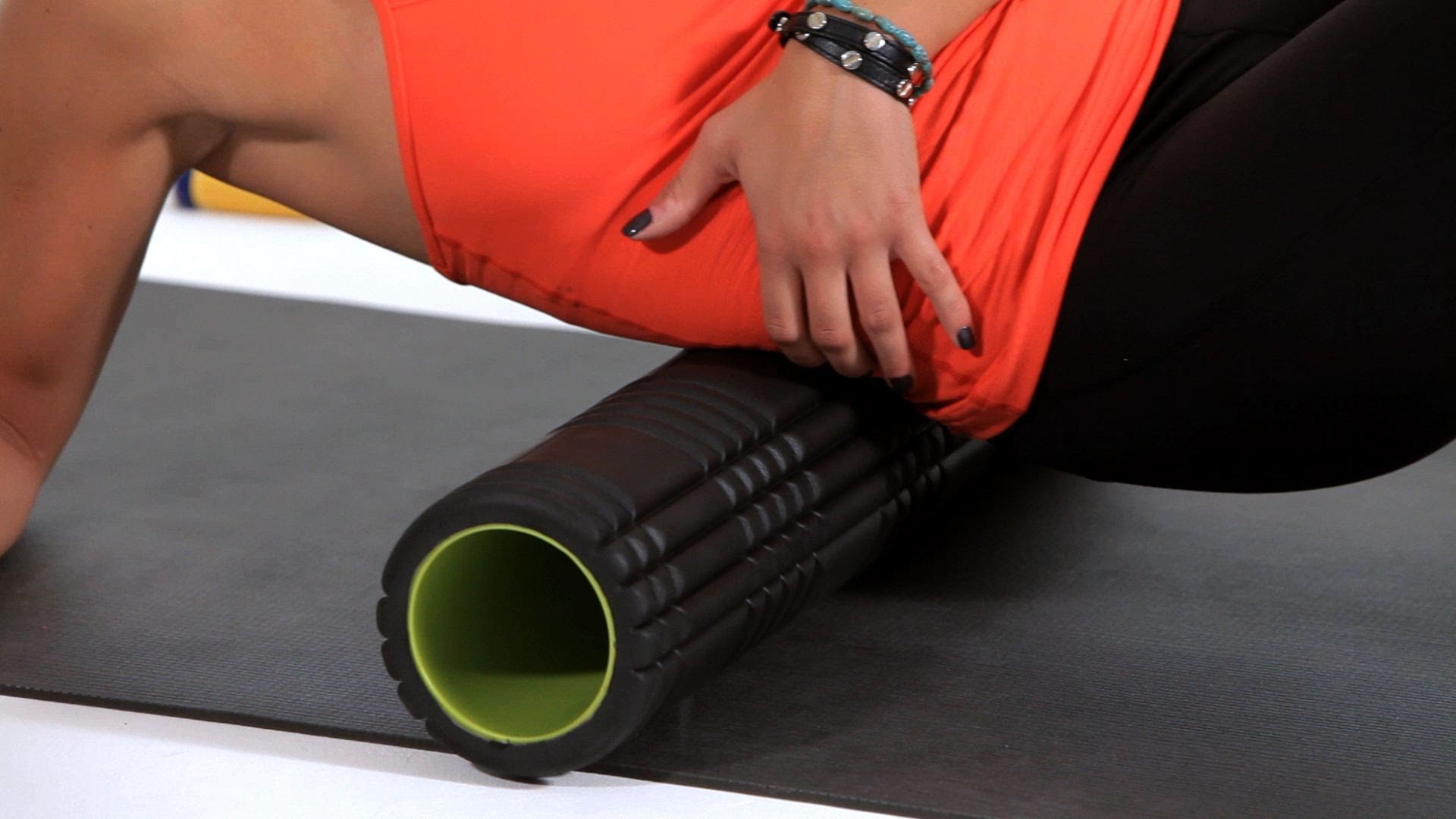Like these Massage lessons !!! Check out the official app http://apple.co/1IAinBB
Watch more How to Do Reflexology videos: http://www.howcast.com/videos/501547-How-to-Relieve-Hip-and-Knee-Pain-Reflexology
This is how to relieve hip and knee pain using foot reflexology techniques.
So, it's going to be on this outer lateral aspect of the foot. You can see there's kind of a protrusion here. This is the base of the fifth metatarsal. You can easily find that. That's one of your markers. Your other marker is this heel bone. This is a calcaneus. You're going to want to find the top. That's your other marker.
So, between here and here is this kind of little triangle area. Around here is housed the reflexes to the hips and a little bit to the knees. If you start to move above you'll start to go into the arm reflexes and other reflexes. We're going to be really concentrated in here. We're also going to do some work from out here. There are some sciatic and hip reflexes that also course through here.
For this place between here and here I'm going to use thumb walking. With thumb walking, again, you're just doing this walking and bending this joint here. You're going to come down here, you're going to get up a little bit, and then come back down. You're not going to pop out. You're going to go in with continued pressure. You're just going to go in again. And in again. There we go.
We could also do a little bit of that press and slide which Dr. Manzanares does. You press in, then you kind of slide into that area. Press, and then slide into the area. When you work this outer area you'll also use thumb walking, but you'll come across out through here.
So, you're supporting the foot with this hand. I'll lift it up so you can see it a little bit better. It's going to be all through here. So, you start here, and you just come down, and it can be really intense as well especially for women. So interact with your person and if they let you know that it's too deep just ease up a little bit. Come down through here, and come back, and then meet that point through here.
You could even just do a point pressure. You’d just press in. And you'll feel it. You might feel a little bit of a change in the tissue texture in that area which I feel here. You'll want to give that a little bit more pressure. When you let go just ease up.
Of course, you'll want to do both sides. If for some reason someone is experiencing hip pain you don't want to necessarily just do the side that they're experiencing it on. You want to do both. Just because the pain might be on the right side, for instance, doesn't necessarily mean that it's not coming from the other side.
In addition, you could add a little bit of lower back reflexes and lymphatic groin around here with your finger walking technique. Also the heel of the foot you can thumb walk. I like to thumb walk side, and it'll also give attention to that area. It's kind of doing the hips, the knees, the whole pelvic region, and then you can also do a little bit of the lower back through here with your thumb walking just so that you're giving attention to the whole area.
That's thumb walking, finger walking, and reflexology for the hip and knee area.



